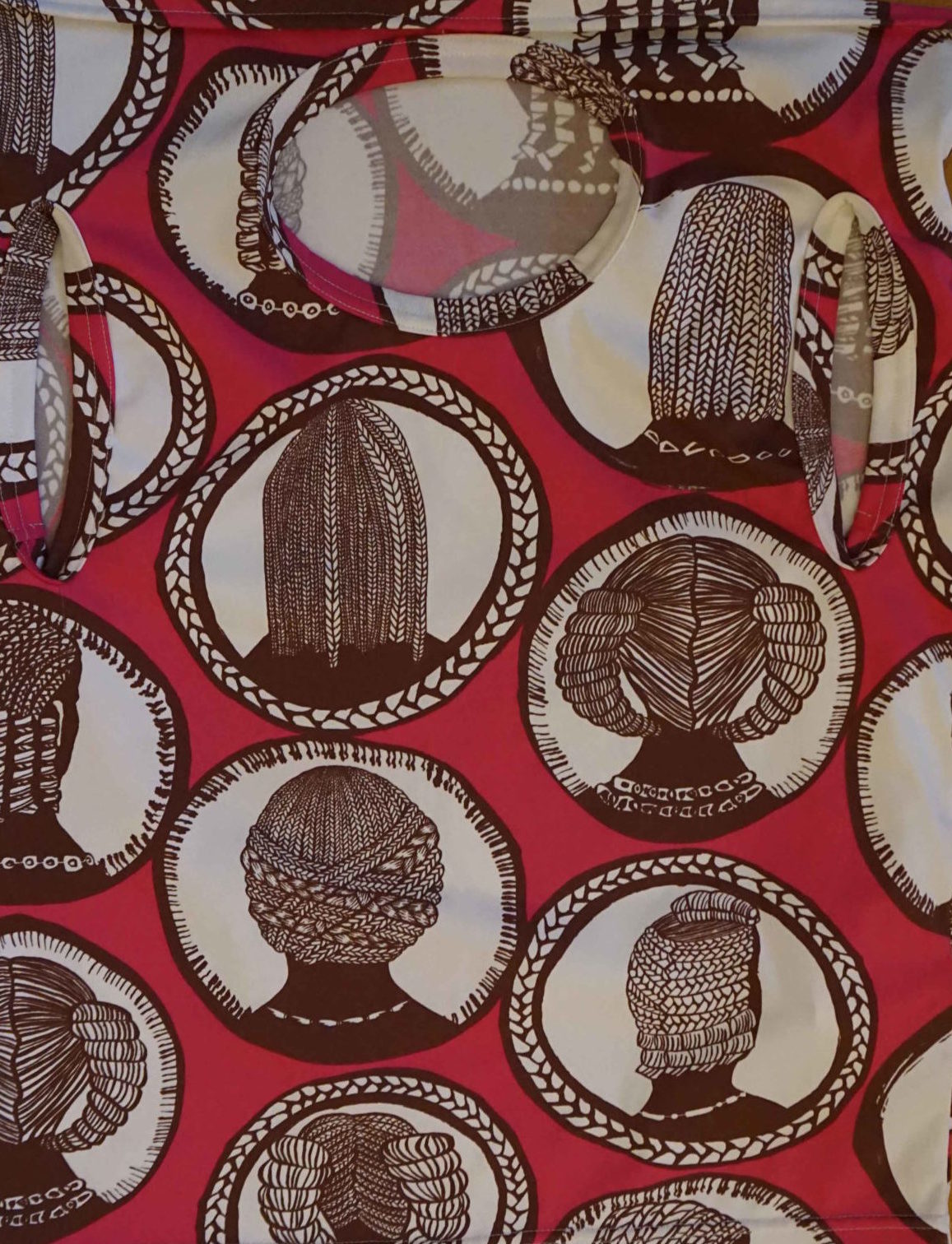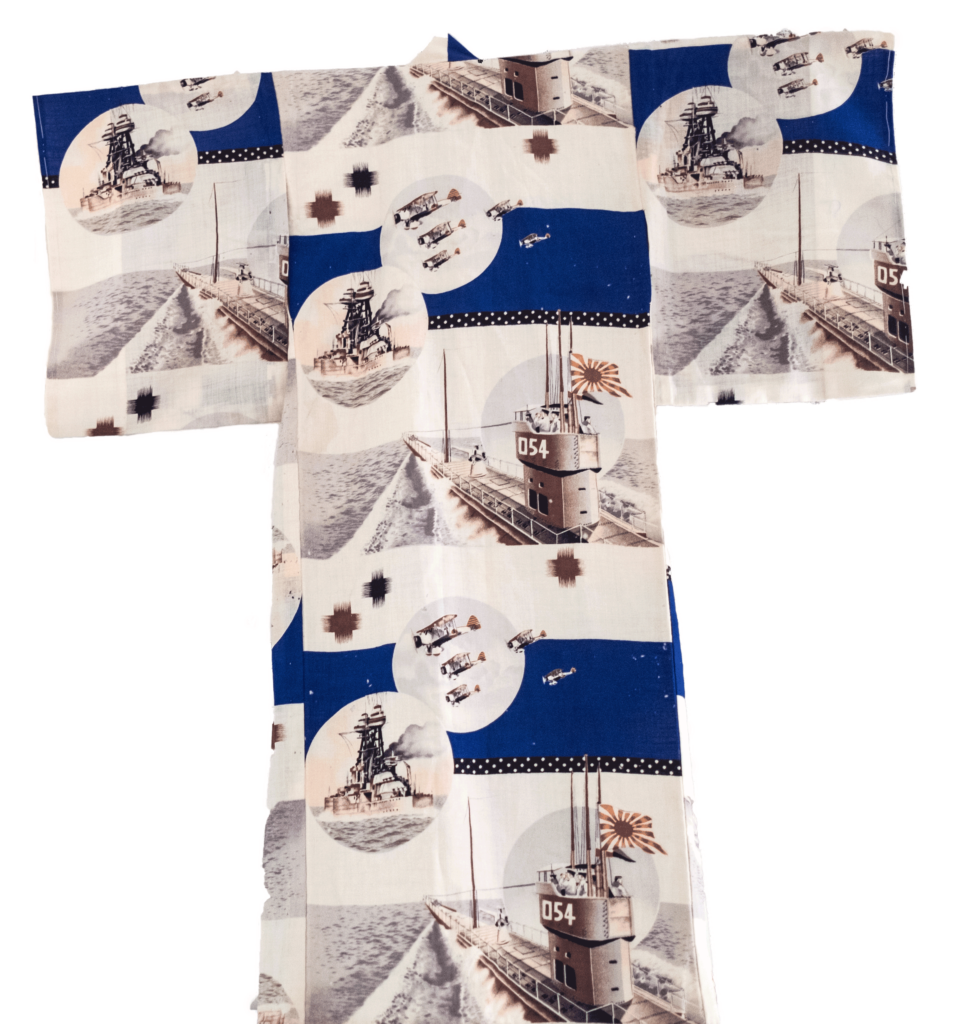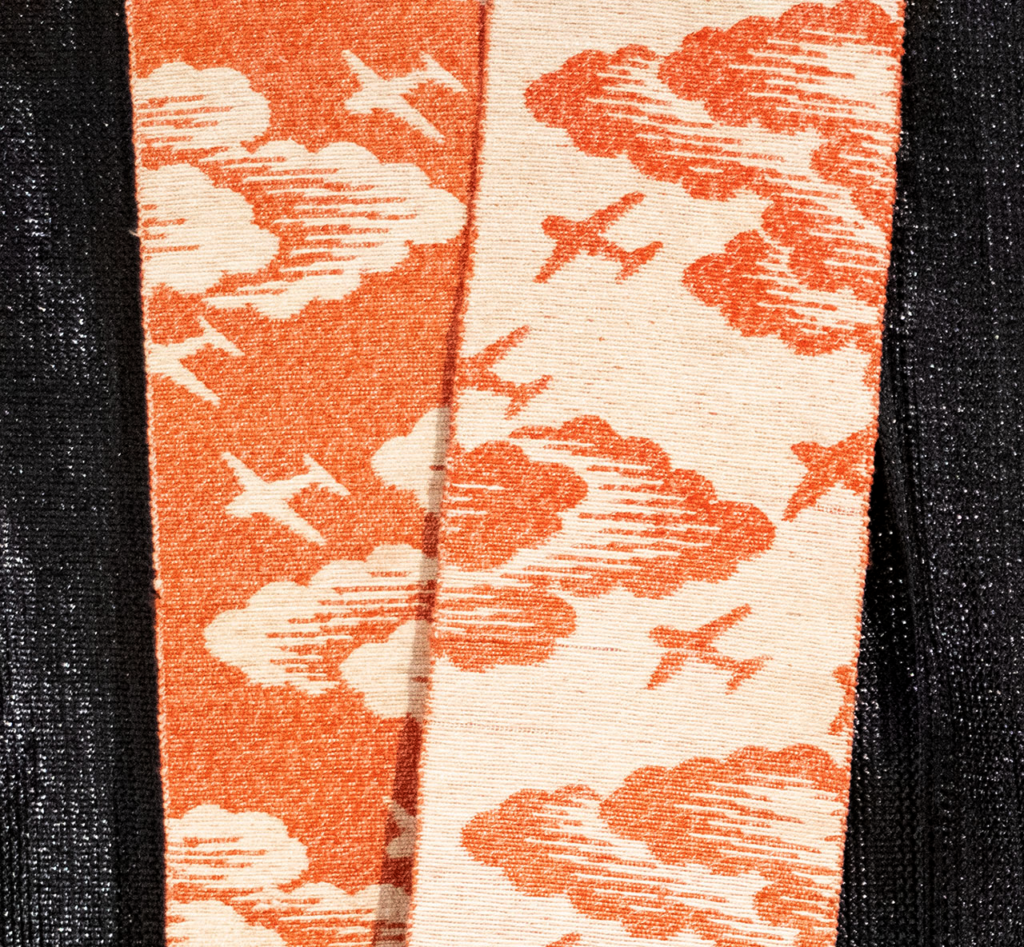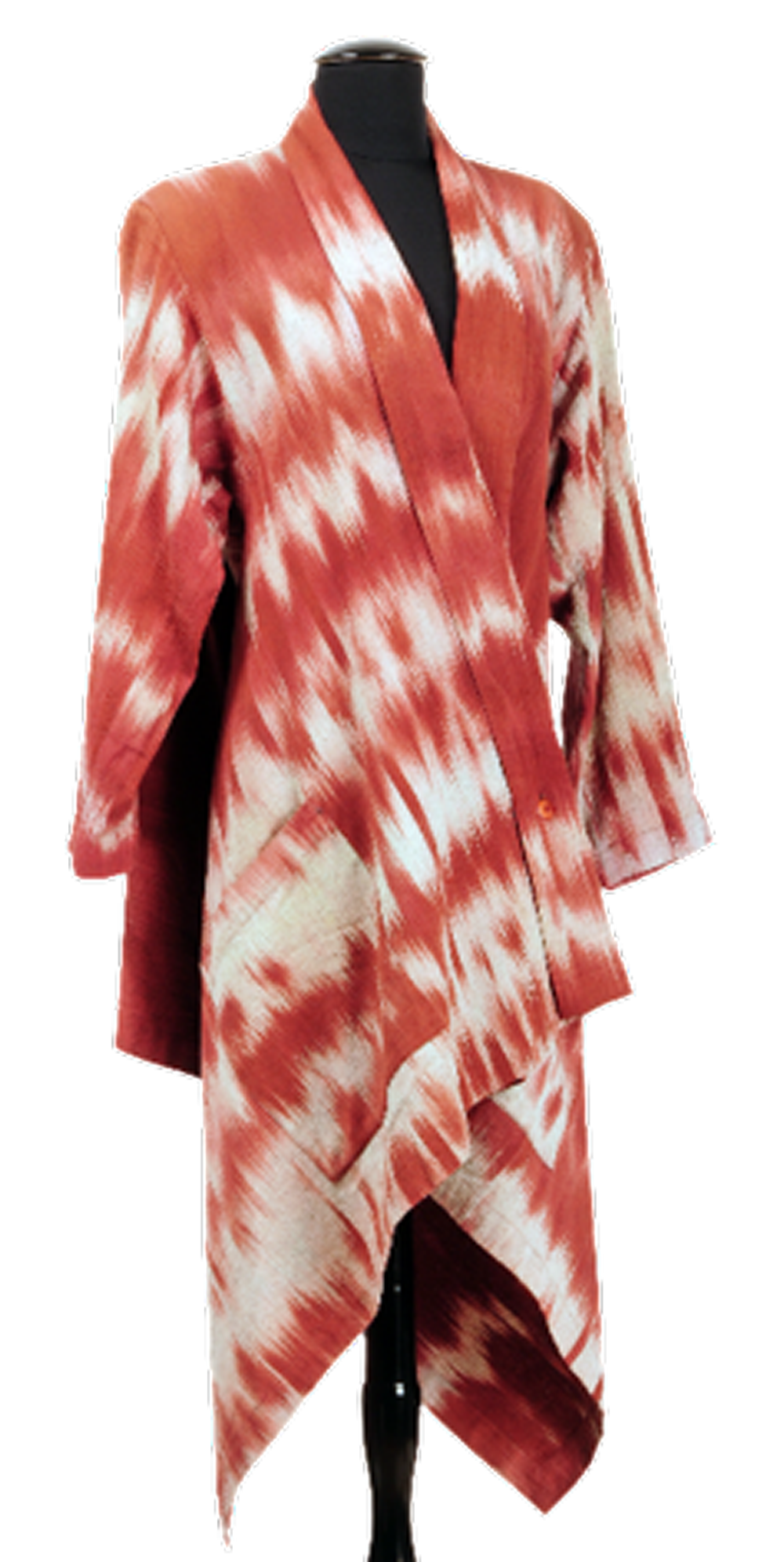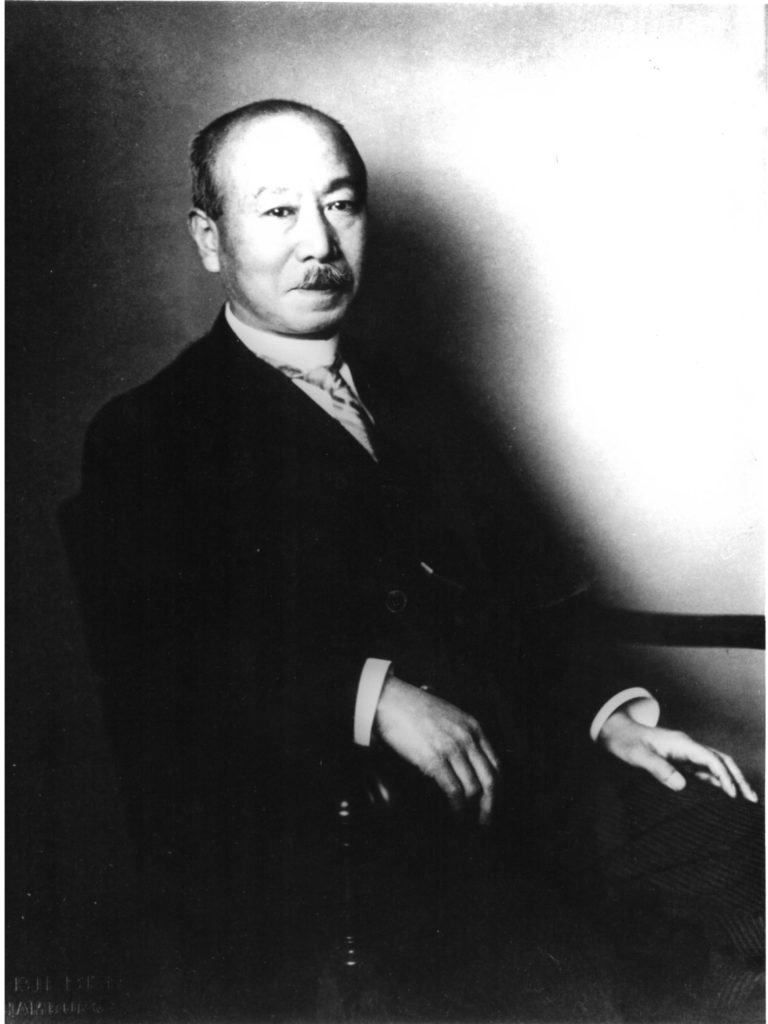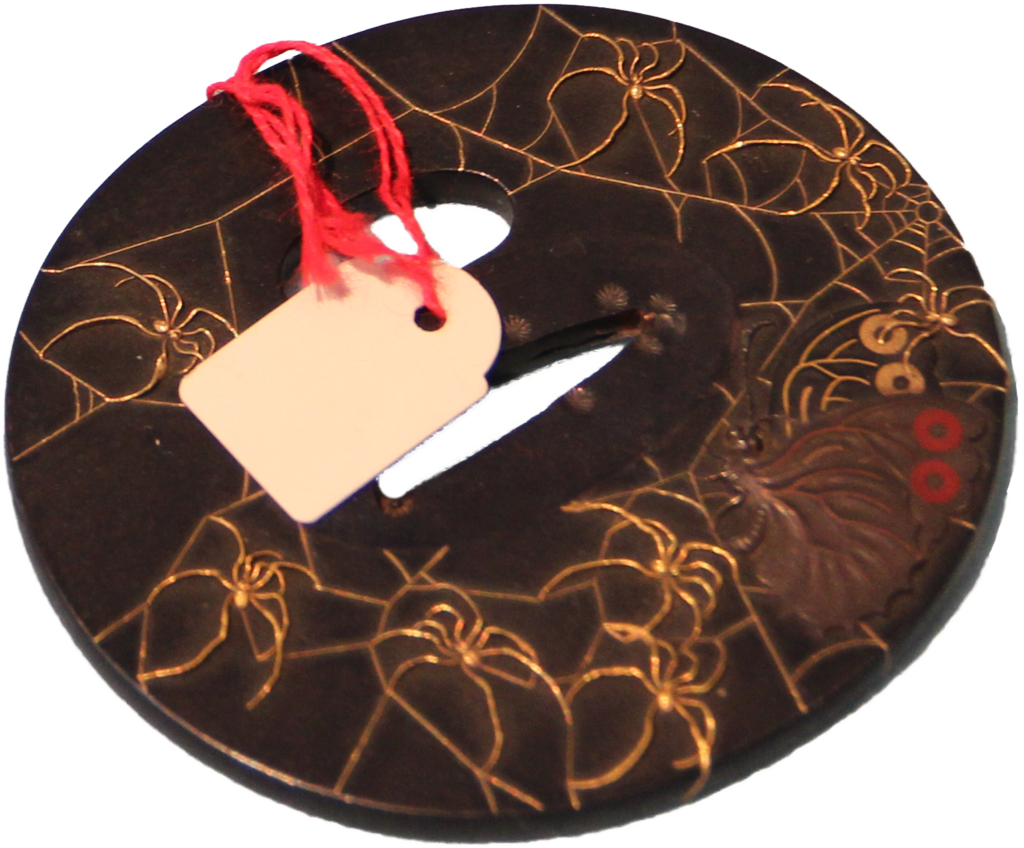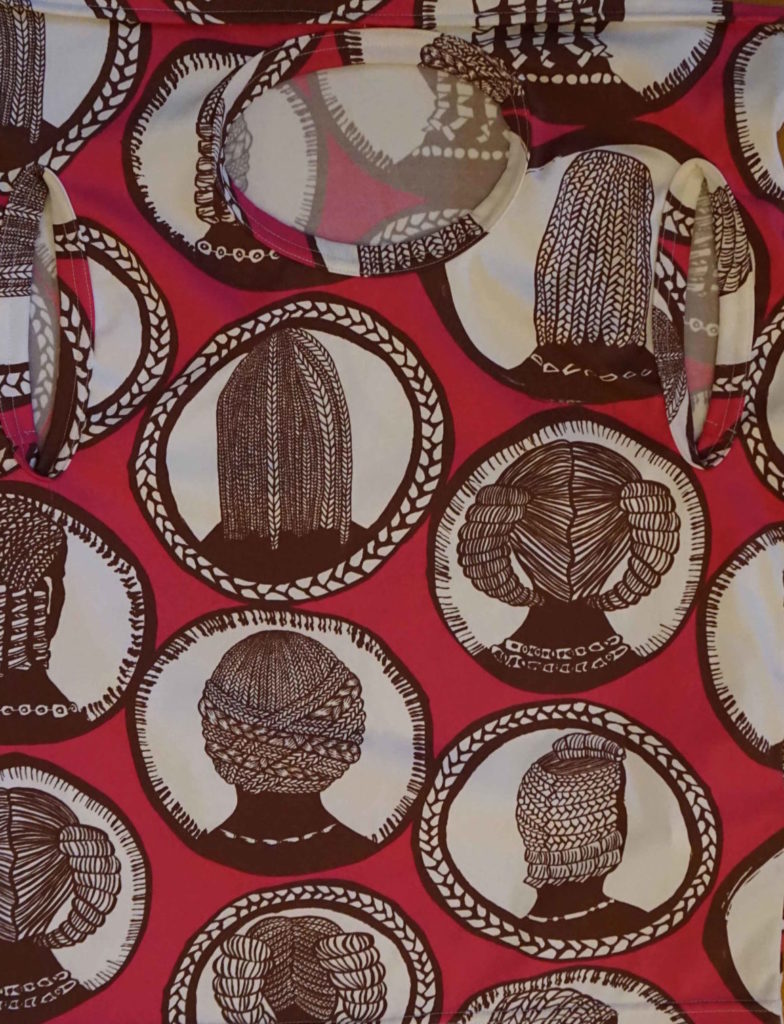
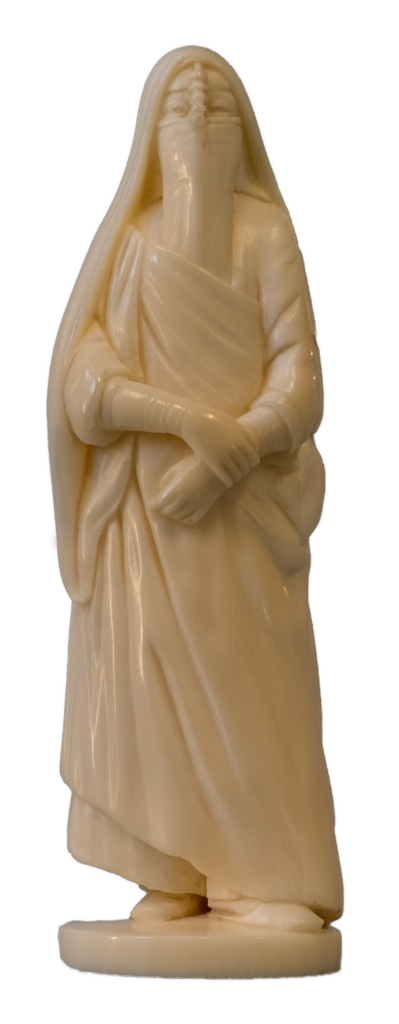



Omoshirogara
INUI Yoshiko & Roger M. Buergel
I / There is a special chapter in the history of global modernity. It is about Japan, which in the 19th century faced the challenge of reinventing itself. This reinvention, which encompassed and revolutionized all areas of Japanese life, appeared in the guise of a restoration of the old. It is therefore called the “Meiji Restoration”.
The “Meiji” emperor was the first modern emperor. He no longer served as a mere representative ruler, but moved to the center of political power as an actor. The creation of a powerful, even “divine” central authority was the prerequisite for uniting fragmented Japan into a modern nation-state and positioning it against external threats. This, at least, was the conviction of the Japanese elite around 1870.
The starting signal for the Meiji Restoration was given by a flotilla of “black ships” that entered Edo Bay (today’s Tokyo) in 1853. The Japanese referred to the steamships of the US Navy that had crossed the Pacific to deliver a letter from the US president as “black ships”. The presidential letter urged the Japanese to abandon their self-imposed isolation and establish trade relations with the West.
On the Japanese side, it didn’t take much imagination to figure out what this call meant. The Western powers, most notably France and Britain, had been making inroads in Asia for some time. India was a British colony and was used to grow opium – the only product with which the British could prosper in the Chinese trade. When China balked at further imports of the drug, war broke out. The two “Opium Wars” (1839-42 and 1856-60) brought China to its knees. The Middle Kingdom had to submit to the regime of “unequal treaties” and had to cede territories: the island of Hong Kong and “concession areas” in treaty ports such as Shanghai.
The Japanese elite was able to follow the colonial activities of the West from the front row, so to speak. They therefore had no illusions about the actual motives of the presidential letter. The West was technologically vastly superior and the “black ships” were richly equipped with cannons.
II / Can history be told by the guide of a garment? Especially if “history” is to be more than the mere recitation of facts or the listing of events. The kimono is a garment whose main characteristics include formal rigidity. It consists of various pieces draped on the body in such a way that they form a unit with the person. It is made of different materials and accordingly has different degrees of lightness and heaviness. Thus it can obey the strictness of ceremonial use as well as the light-heartedness of the moment. Historically, the kimono was subject to a strict order in which social hierarchies and gender relations manifested themselves. Who was allowed to wear what and when was clearly regulated.
Without being able to do justice to the system of order and the long history of the kimono at this point, it should be revealed that formal stringency does not have to stand in the way of the inventiveness of fashion. Rather the opposite. Except that fashions show themselves less in the cut than on the surface of the fabrics: as textures and patterns. These surfaces don’t have to look outward. The ostentatious display of ornamental and material ostentation was even explicitly forbidden to certain classes in Japan (the wealthy merchant class). And so it is not surprising that patterns and pictures are found on the inside of kimonos – only to appear when the situation demands it. Or when the wearer wants it to. The kimono is, in other words, an exhibition.
III / The Meiji Restoration marked the beginning of an era of revolutionary upheaval. It extended from the domestic sphere to the abolition of the samurai caste to the level of state institutions. Japan afforded itself a school and university system in which Western knowledge was imparted (first by Western teachers and later by Japanese who had learned in the West). It gave itself a constitution, much the same as the Prussian constitution, drafted in close consultation with Herman Roesler, a German jurist. Roesler unsuccessfully opposed the idea of enshrining the divine origin of the Japanese emperorship in the constitution.
The first elections to the Japanese parliament took place in 1890. A limited part of the population was admitted, but no women. The cabinet structure of the Japanese government mirrored the governmental order of Western systems; every ministry in Tokyo therefore had a counterpart in Washington, Paris, Berlin or London. Initially, the most important decisions were of a financial and industrial policy nature. Japan was poor in natural resources, which (such as iron ore, coal or crude oil) were indispensable for industrialization and therefore had to be imported. The military played an overriding role. From the beginning, its representatives, who came from the social elite, were closely involved in the modernization process, which was not free of tensions and civil war-like conflicts. The military also advised the emperor on crucial matters of state. He, in turn, appeared in public in military uniform. Indeed, the army embodied the “new spirit,” and even a cursory glance at the “omoshirogara” patterns teaches how paradigmatically the role of the military is interpreted in the medium of the kimono: as a loyal element of the imperial order and as an emblem of Japanese militancy.
IV / “Omoshirogara” means something like “bizarre” patterns. More precisely, it is about patterns that have absorbed, that is, assimilated and processed modern experience. Therefore, Omoshirogara play with new technologies, such as film or airplanes. They document events of contemporary historical significance, such as the Olympic Games or the Washington Agreement, which set a ceiling for warships after the end of the First World War. They portray heroes of the day, such as Japan’s victorious generals in the wars with China (1894/95) and Russia (1904/05). Omoshirogara patterns draw on traditional mass media, such as Japanese woodblock prints, as well as new mass media, such as postcards and newspapers. They spread out the maps of imperialist Japan, which annexed Taiwan (1894/95) and Korea (1910), and later, in the 1930s, parts of northeast China (Manchuria). Symbols are also incorporated into the patterns. These include anchors, family crests, the mystical Mount Fuji, the insignia of patriotic women’s organizations, national flags, the cross emblem of the Italian flag under the fascists, and the swastika of the Nazis.
A particularly elaborate pattern sketches Japanese everyday life as it should proceed according to patriotic understanding, hour by hour. Arranged around the face of a clock, the pictures advocate, among other things, frugal meals, the renunciation of shopping or evening pleasures, and the procreation of children for the emperor.
V / Japan’s modern development, which began with the Meiji Restoration, continued through the Taishō (1912-26) and Shōwa (1926-89) eras. This evolution does not simply follow a linear trajectory of development, but rather, like all histories of nations, should be understood as a complex and dynamic web. At stake here is Japan’s place in the world, which is constantly shifting with the changes in the global big picture.
Due to the decline of imperial China, which culminated in the revolution of 1911, Japan was confronted with an unstable neighbourhood. The aforementioned wars against China (1894/95) and Russia (1904/05) were fought over territories that Japan perceived as buffer zones (especially the Korean peninsula and northeast China). International attention was attracted by the resounding military defeat Japan inflicted on Russia. Not since the Middle Ages had there been such a thing: a non-Western empire crushing a Western army. Accordingly, there was a great deal of glee in Moscow, London, Paris and Berlin. The Russo-Japanese War anticipated many elements of the bloody slaughter that was to erupt in Europe in 1914: trenches, barbed-wire entanglements, and machine-gun nests (all motifs that found their way into Omoshirogara patterns). But the Japanese victory also caused euphoric feelings to arise: among the colonized elites of Asia. It was a clear indication that Western hegemony was not set in stone and that a post-colonial world order was possible.
As a result of the Russo-Japanese War, Japan was given a seat in the League of Nations and made the “regeneration of Asia” its cause. This guiding idea of a Japanese-led emancipation of Asia was later reinterpreted by nationalist forces as a carte blanche for Japan’s imperialist expansionist policy.
The increasingly internationalist orientation and economic integration with the West also had an influence on kimono production. Using methods of market analysis, the department store group “Takashimaya” examined consumer behaviour in the western metropolises. Patterns wandered back and forth between the continents and were debated to ensure that the season’s trends in New York, Paris or London met with open eyes among the Japanese buying public.
Japanese internationalism also received dampeners, however, including the severe Kantō earthquake (1923), which absorbed forces at home, as well as the restrictive immigration policy of the United States (1924) and the banking crisis (1927). The latter hit Japan hard because commodity imports were financed by trade and credit. In addition to the general mood of crisis, there was also growing displeasure on the part of the great powers in view of the Japanese government’s imperialist aspirations.
Global public opinion was particularly concerned about the puppet state of “Manchukuo”, which Japan had established in occupied Manchuria in 1932 under the sham regency of the last emperor of China. In response to international protest against the land grab and the establishment of a commission to investigate what was happening, Japan withdrew from the League of Nations. Tokyo felt that double standards had been applied in Geneva. If the Western powers had shamelessly helped themselves to their colonies for centuries and thus gained an almost unassailable competitive advantage, Japan was now being slapped on the geopolitical knuckles.
“Manchukuo” is a recurring topos of the Omoshirogara pattern. The extremely resource-rich region (iron ore, coal, aluminum, gold, but also soybeans) is sung about as a geopolitical free space, as an uninhabited land waiting to be cultivated by Japan. The huge territory is crisscrossed by a network of railway lines. At the same time, Manchukuo served as a buffer zone against the Soviet Union from a military strategic perspective.
Finally, in 1936, Japan slid into a self-inflicted war with China that would eat up more and more resources over the years and overwhelm the Japanese economy and, even more, the social fabric. Japan learned to tighten its belts even more than they already sat after decades of rapid modernization and a permanent “national emergency.” The kimono gave way to a kind of war garb called monpe, but that is no longer the subject of OMOSHIROGARA. The chronologically latest kimono belts (obi) with cloud and bomber motifs are made of raffia, a fabric derived from palm fibers. The difference to the precious silk fabrics of the 19th and early 20th century could not be greater.
VI / The period around 1900 and the decades that followed had more to offer than the apocalyptic macro-history suggests. It was an epoch of artistic awakenings and also saw the appearance of entirely new social figures in the modern everyday life of the metropolises, such as the moga, the modern girl. Omoshirogara were indeed aimed at modern female consumers, who showed their modernity with the kimono. But they also appealed to elite circles of men who were forbidden by imperial decree to wear the kimono in public, but who demonstrated their national patriotic or ultranationalist sentiments in private in the form of patterns. Boys wore kimonos with symbols of power and strength in the ritual celebration of their coming of age.
After all, they were worn by geisha – women whose art included being able to parley with men at eye level in an arch-patriarchal society. According to Yoshiko Inui, the geisha’s chic (iki) was based on precisely this tension: being in the know about what was happening in the world and being able to play with her education. In addition to traditional knowledge, such as the Chinese classics or the tea ceremony, the modern geisha’s “play material” also included questions of political or national interest.
Explanations of each kimono can be found here: Omoshirogara






